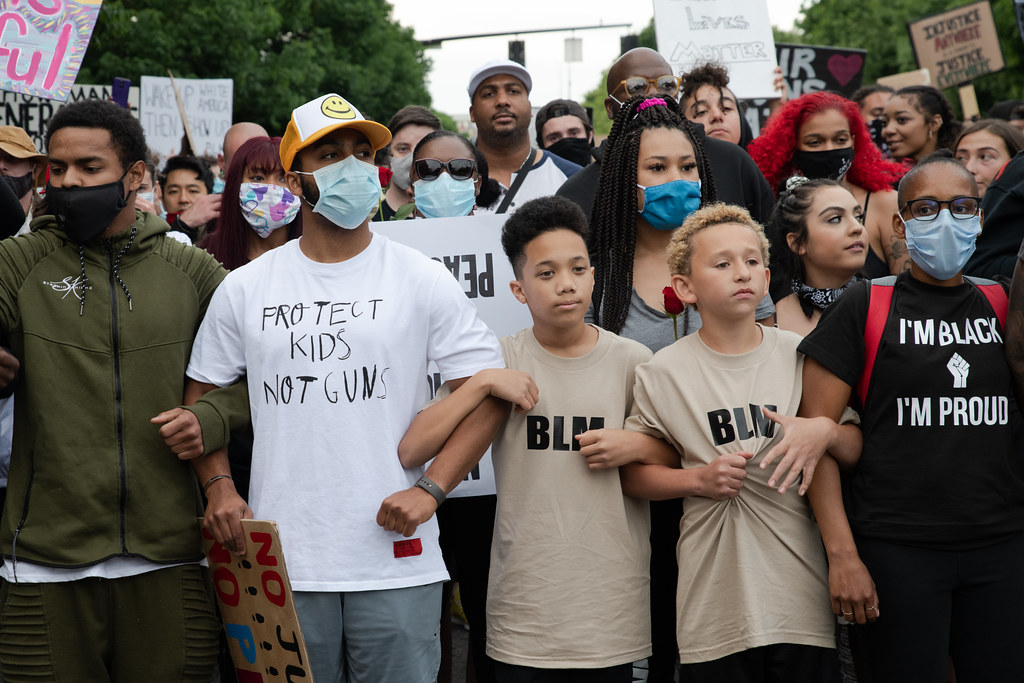No ESG Bill: Can Congress Really Be THAT Stupid?

Creator: Sam Valadi
Credit: ZUMAPRESS.com/Newscom
Copyright: via ZUMA Wire
It’s been a pretty heavy news week, so you may have not heard about this incredibly stupid action in both houses of Congress.
Tuesday, the House of Representatives passed a bill “that would prevent the Labor Department from enforcing a rule that makes it easier for plan managers to consider ESG factors when they make investments and exercise shareholder rights, such as through proxy voting” (as reported by Reuters). The Senate, with four members absent and the complicity of two Democratic Senators, did likewise one day later.
This push says that pension funds must not be allowed to even consider any factors pertaining to ESG–Environmental, Social, Governance. It doesn’t say they have to make sure that ESG investments perform as well as non-ESG investments (which, often, they do). That would be a reasonable law to protect retiree pensions. But this one would bar fund managers from even considering anything involving ESG.
For decades, smart fund managers have been shifting investment toward ESG, and their reasons are fiscally sound. From avoiding corrosive investments in “stranded assets” like fossil-fuel or nuclear processing infrastructure that’s been plagues, by leaks, spills, explosions, etc. to avoiding ethics scandals that destroyed once-respected companies like Enron and Arthur Andersen, ESG investing makes so much sense that, as no less an authoritative source than NSDAQ notes,
The article goes on to list six factors in ESG investment growth and notes that even during the pandemic, “funds with ESG strategies outperformed traditional funds.2″ (Click the link to see the footnote sources, too.) This updates and reinforces the research I did when writing my 10th book, Guerrilla Marketing to Heal the World, a few years ago. Every single one of the dozens of studies I checked at that time showed that ESG criteria lead to better financial results.
This growth started decades before the pandemic and was accelerating rapidly and consistently, as this 2020 article from Harvard Law School Forum on Corporate Governance, states:
Net flows into ESG funds available to U.S. investors have skyrocketed, totalling $20.6 billion in 2019, nearly four times the previous annual record set in 2018, [1] while ESG funds in Europe also attracted record inflows of $132 billion in 2019. [2] More than 70% of funds focused on ESG investments outperformed their counterparts in the first four months of 2020, [3] and nearly 60% of ESG funds outperformed the wider market over the past decade. [4]
One unintended consequence I haven’t seen addressed anywhere is the possibility of widespread rebellion by private investors that could put the whole pension system at risk, as stakeholders demand that funds embrace sensible, profit-driven ESG corporations in their portfolio choices while an inane law makes that commitment illegal.
Fortunately, President Biden has promised that he will use the first veto of his presidency to block a law that is just as crazy as the various “anti-woke” measures authoritarian Florida Governor Ron DeSantis keeps shoving down the throats of his state’s residents and businesses. Oh, and in the unintended consequences department, please read this Daily Beast commentary on how the anti-woke law even puts Fox News at risk.







